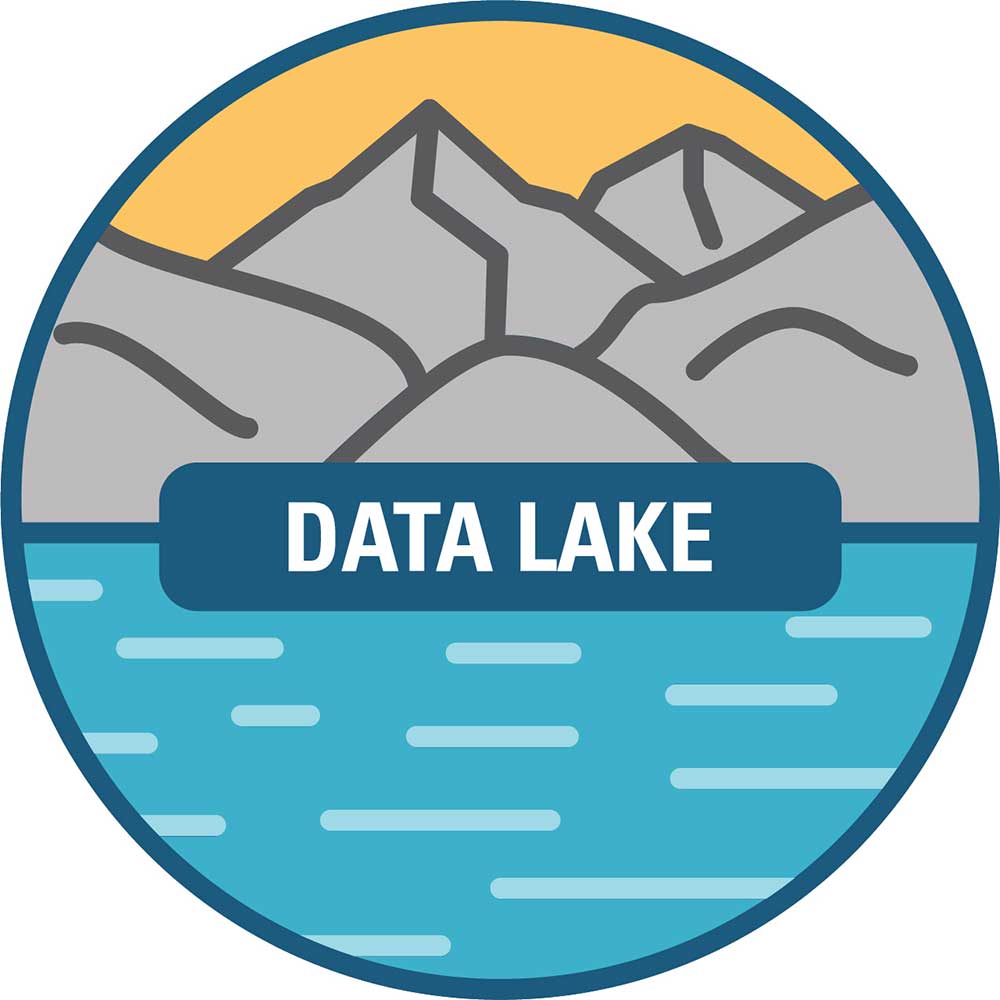Innovative Data Integration Strategies to Solve EMS Billing Challenges
We write every now and then about the billing woes that traditionally have plagued the emergency medical services (EMS) community. The inability to efficiently bill patients and collect payments cost EMS agencies hundreds of millions of dollars every year. The trickle-down effect is that many agencies often find it difficult to maintain their service-delivery models, pay salaries and benefits, ensure that existing equipment is operational, and upgrade or replace equipment that has reached or is approaching the end of life.




